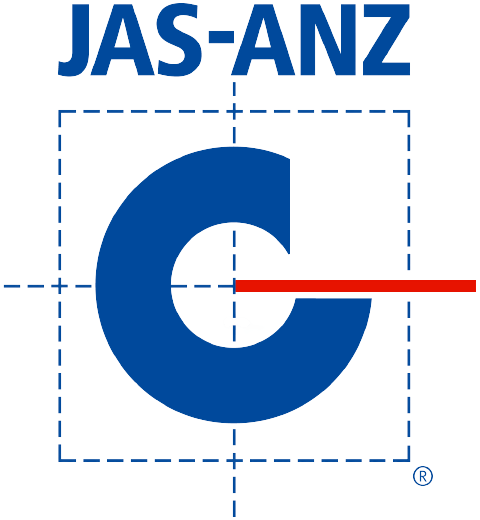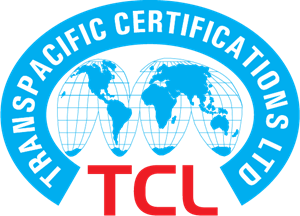Biomass Boiler Furnaces
MacroBurn Biomass Boiler Furnaces
Switch to Biomass
Retrofit your existing diesel, gas, or coal boiler with a biomass boiler furnace and switch to biomass fuels such as woodchips, corn husks, or oats hulls.
Reduce your Emissions
Biomass is a renewable energy source, so by switching you will reduce your CO₂ emissions. Besides your reduction in fuel costs, you might also be able to earn carbon credits.
Why do you need a separate furnace for coal boilers?
The most common question we get is why you cannot burn woodchips or other biomass directly on a coal hearth. This comes down to Calorific Value (CV), density, and burning time. Most biomass has a lower CV value, as well as lower density, but also burns a lot faster, which means you need to feed a lot more fuel in terms of volume, which requires a larger and higher hearth area. The faster burning rate might also result in hot spots on the boiler tube bank resulting in higher wear and tear.
Certification
Macrotec is certified to the following standards:
ISO 9001:2015 | Quality Management Systems
ISO 14001:2015 | Environmental Management Systems
ISO 45001:2018 | Occupational Health & Safety Management
Design
All our incinerator models have two chambers, with a large hearth to help distribute the waste, and a large secondary chamber to promote settling of particulate matter (dust). The chambers are also sized for a two second reaction (retention) time.
We use a high temperature alumina-silicate refractory, with a cold crushing strength of 80Mpa and service temperature of 1,500˚C to cast our incinerators. The refractory is acid resistant with very high abrasion resistance. We also insert 100mm of low-density insulation, giving an incubator a typical R-value of 1.54m²K/W, minimising heat loss for lower fuel consumption and a safer working environment.
All our incinerators operate on a continuous feed basis. This entails waste being loaded on fixed intervals with ash being removed from the rear without the need to stop. Due to not stop and starting as you would with a batch incinerator, fuel consumption is improved (no preheat required), and emissions are also improved due to a more controlled combustion process.

Underfeed Stoker
Our smaller furnaces can be fitted with an underfeed stoker for a low cost and lower complexity option. The downside of underfeed stokers is lower tolerance in feedstock variability, more limited feedstock options, and lower combustion control.
Reciprocating Grate
Reciprocating grates offer the ultimate grate solution, with a very large tolerance of feedstock variability, excellent combustion and combustion control, and the ability to take nearly any type of feedstock.
Our reciprocating grates are divided into sperate grate zones, with each zone’s combustion air and grate speed controlled independently.
Combustion Air
Since combustion air has a massive impact on emissions and fuel consumption, it is one of our most important considerations. Too little combustion air, or at a too low velocity will lead to higher emissions. Too high combustion air or delivered in the incorrect areas will increase fuel consumption.
Too optimise this equation we have spent a considerable amount of time conducting CFD analysis of combustion chambers, observed and experimented our combustion chambers in operation, and tweaked our systems to get the best possible results.
We combine staged air zones to control combustion air along the hearth
Control System
Our control system provides a fully automated system for easier operation and less operator errors. The control system includes Oxygen analysis for combustion control, as well as pressure, flow, and temperature monitoring.

Flue Gas Filtration
For customers that require lowest emissions, our flue gas filtration reduces particulate matter to below 5mg/Nm³.





